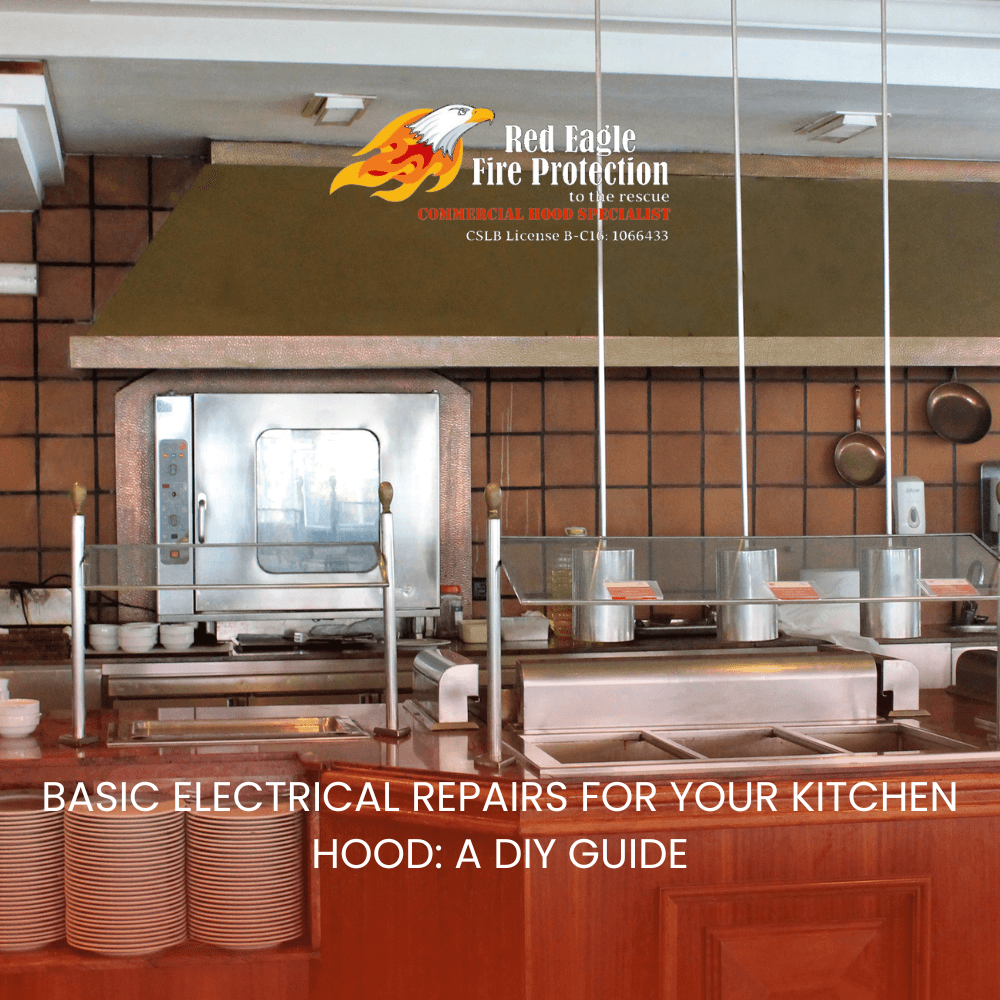Your kitchen exhaust hood plays a vital role in keeping your kitchen air clean, but like any appliance, it can experience electrical issues. While some problems may require professional help, there are basic repairs you can handle on your own. This guide will walk you through simple kitchen exhaust hood repair tasks, helping you troubleshoot common electrical problems and keep your system running smoothly.
Common Electrical Issues with Kitchen Exhaust Hoods
Before diving into repairs, it’s important to understand the most common electrical issues associated with kitchen exhaust hood repair. These include faulty wiring, non-working lights, fan malfunction, and power supply problems. Identifying the root cause of the issue can help you determine whether it’s something you can fix yourself or if you need to call a professional.
Step 1: Turn Off Power to the Hood
As with any electrical repair, safety comes first. Before starting any work on your kitchen exhaust hood, make sure the power is completely turned off. This can be done by unplugging the unit or shutting off the circuit breaker connected to your kitchen hood. Never attempt a repair while the unit is still powered on.
Step 2: Check for Blown Fuses or Tripped Circuit Breakers
If your kitchen hood suddenly stops working, the problem could be a blown fuse or a tripped circuit breaker. Head to your electrical panel and check if the breaker for the kitchen hood has been tripped. If so, reset it and see if the hood functions properly. For blown fuses, you may need to replace them with new ones to restore power to the hood.
Step 3: Replacing Faulty Kitchen Hood Lights
One of the most common kitchen exhaust hood repair issues involves non-working lights. If the lights in your hood have gone out, replacing the bulbs is a simple DIY task. Turn off the power, remove the old bulbs, and install the correct replacements. Be sure to use the right wattage and type for your specific hood model to avoid electrical problems down the line.
Step 4: Troubleshooting the Exhaust Fan
If the exhaust fan isn’t working properly, the issue could be related to the fan motor or wiring. First, check for loose connections in the wiring. Tighten any that appear loose, but if the fan still doesn’t work, you may need to replace the motor. In this case, you may want to consult the manufacturer’s manual or seek professional help for more complex kitchen exhaust hood repair.
Step 5: Inspecting the Power Cord and Switches
If your kitchen hood won’t power on at all, inspect the power cord for any damage. A frayed or damaged power cord can prevent the unit from receiving power and should be replaced immediately. Additionally, check the hood’s switches to ensure they are functioning properly. If the switch is faulty, you can replace it with a new one following your manufacturer’s instructions.
Performing basic kitchen exhaust hood repair tasks can save you time and money. By troubleshooting common electrical problems such as blown fuses, faulty lights, and fan malfunctions, you can keep your kitchen hood functioning efficiently. Always prioritize safety by turning off the power before making any repairs and consult a professional if the issue is beyond your skill level.
READ MORE:
DIY Repairs: Maintaining Your Kitchen Hood Without a Professional

